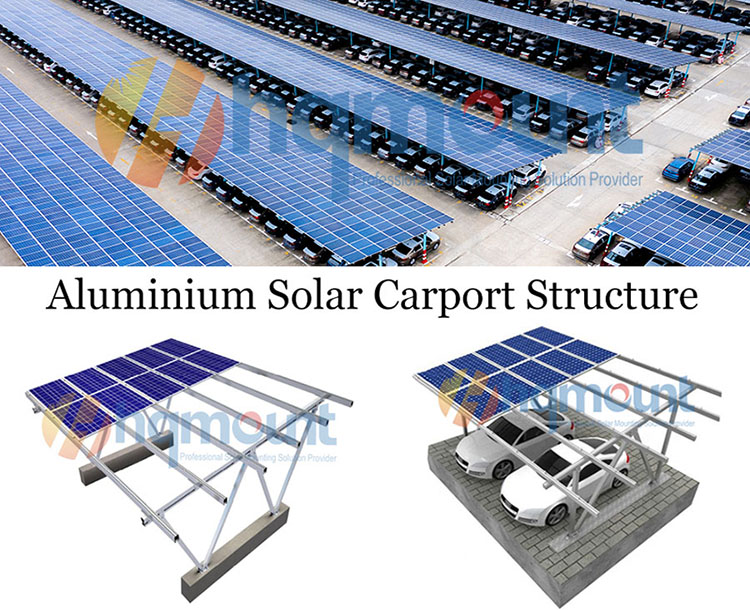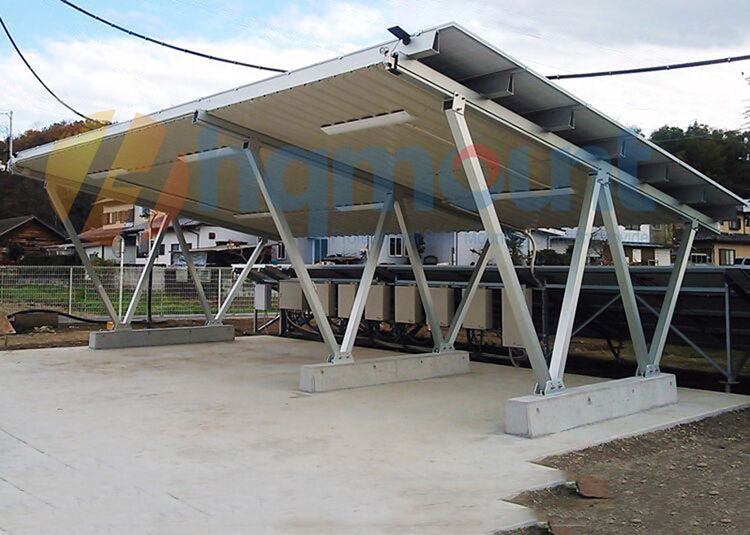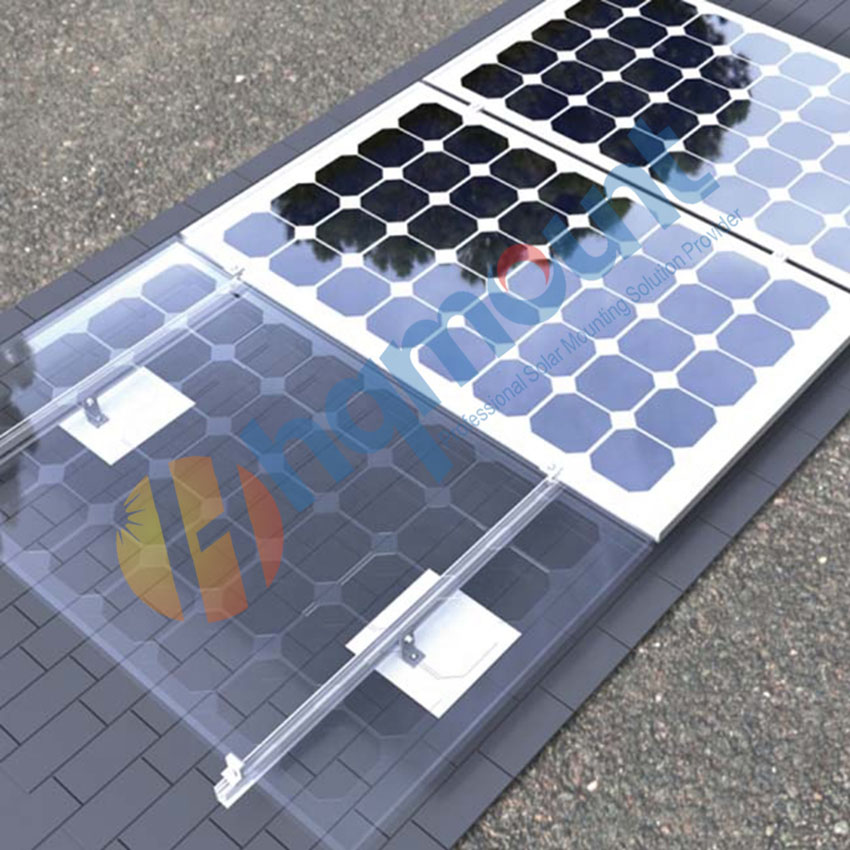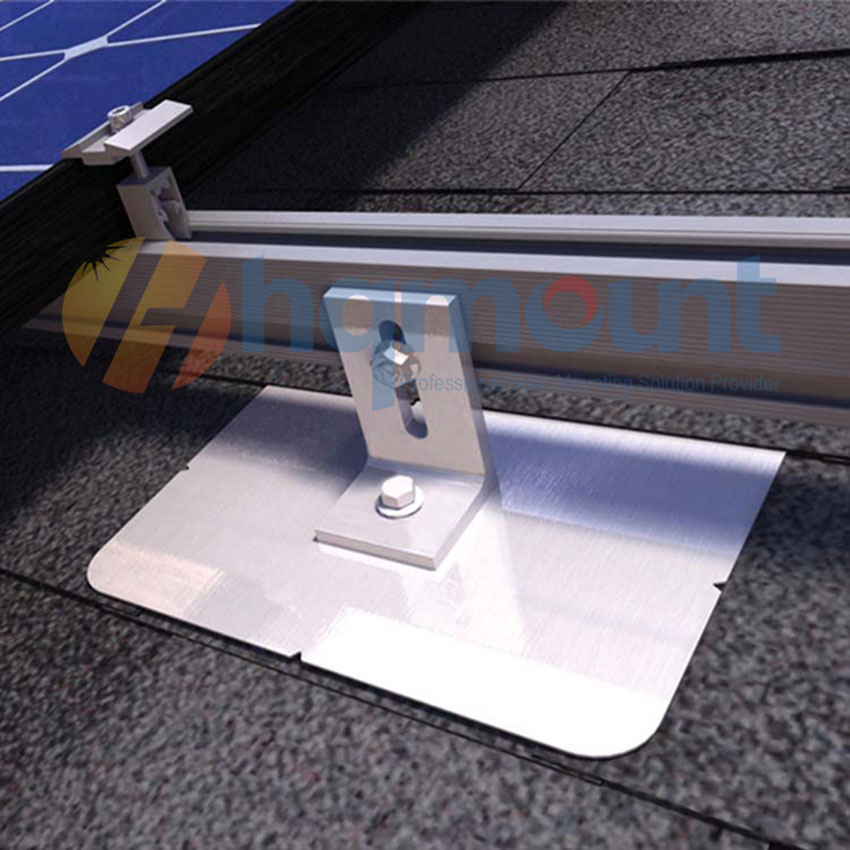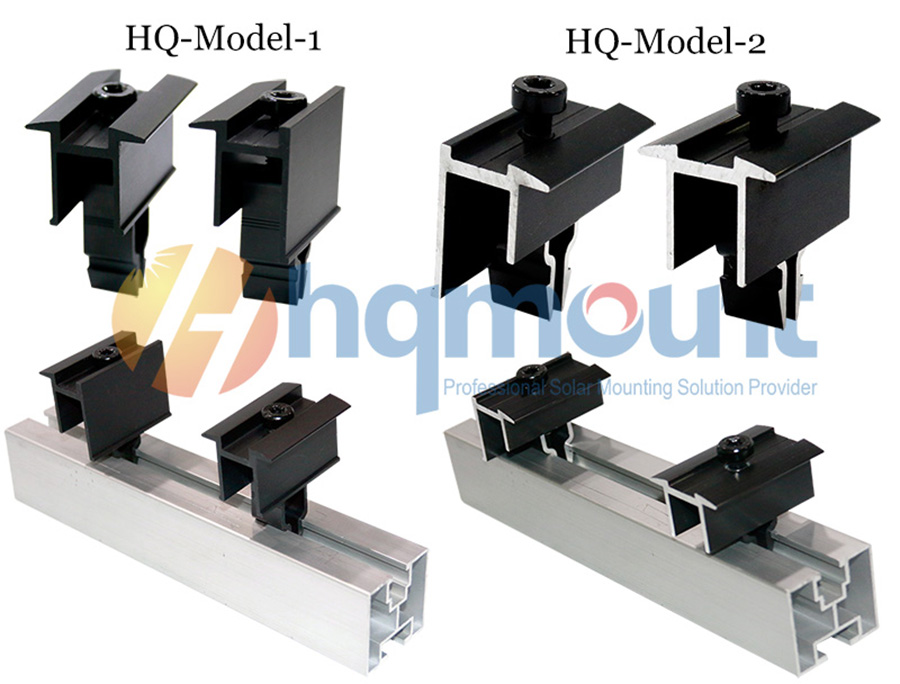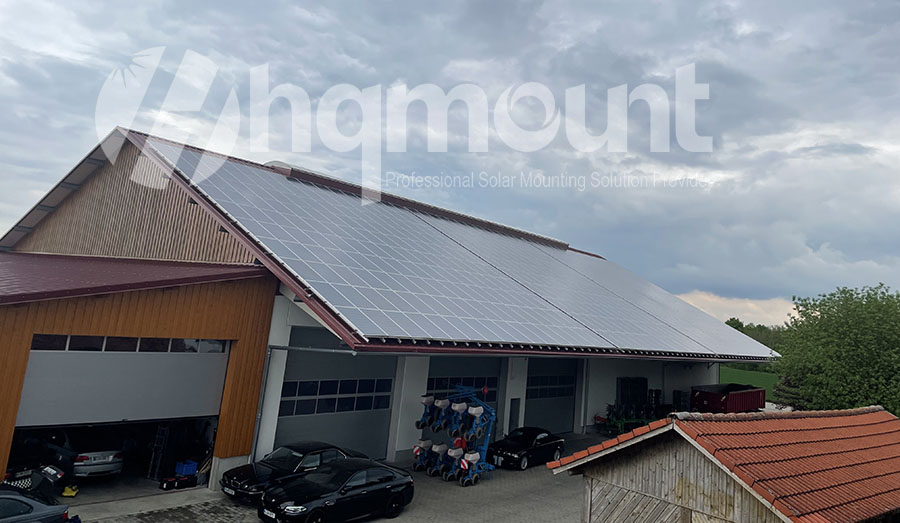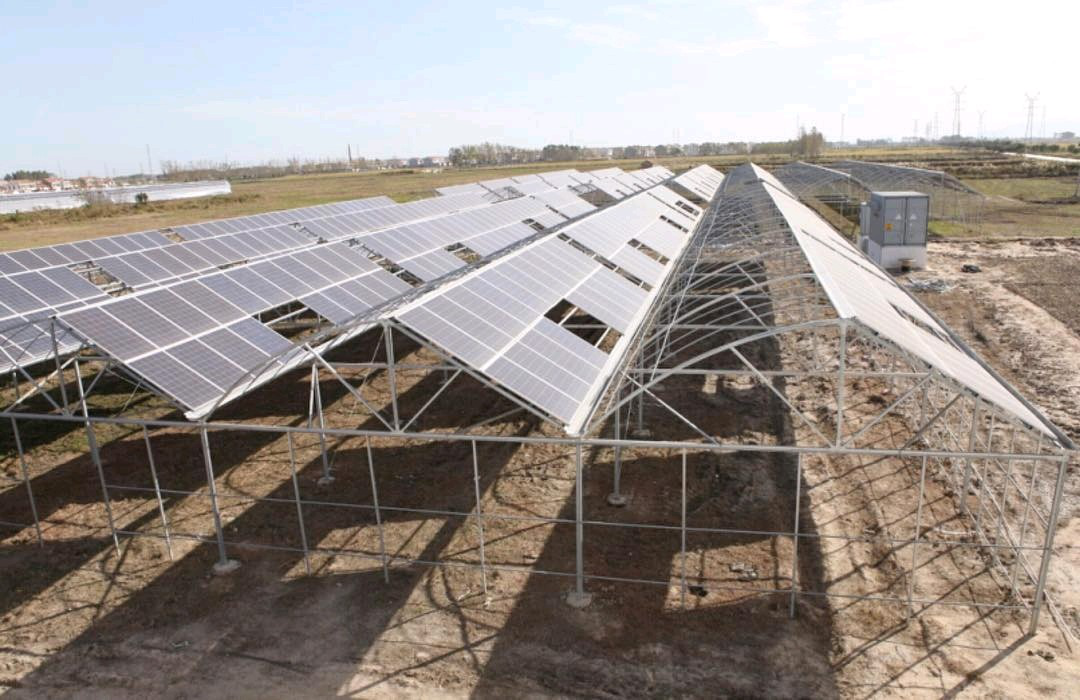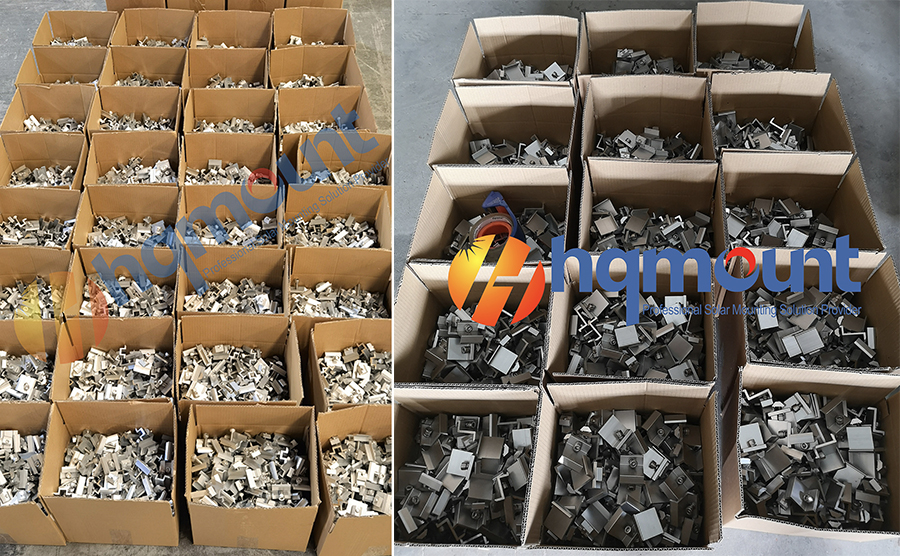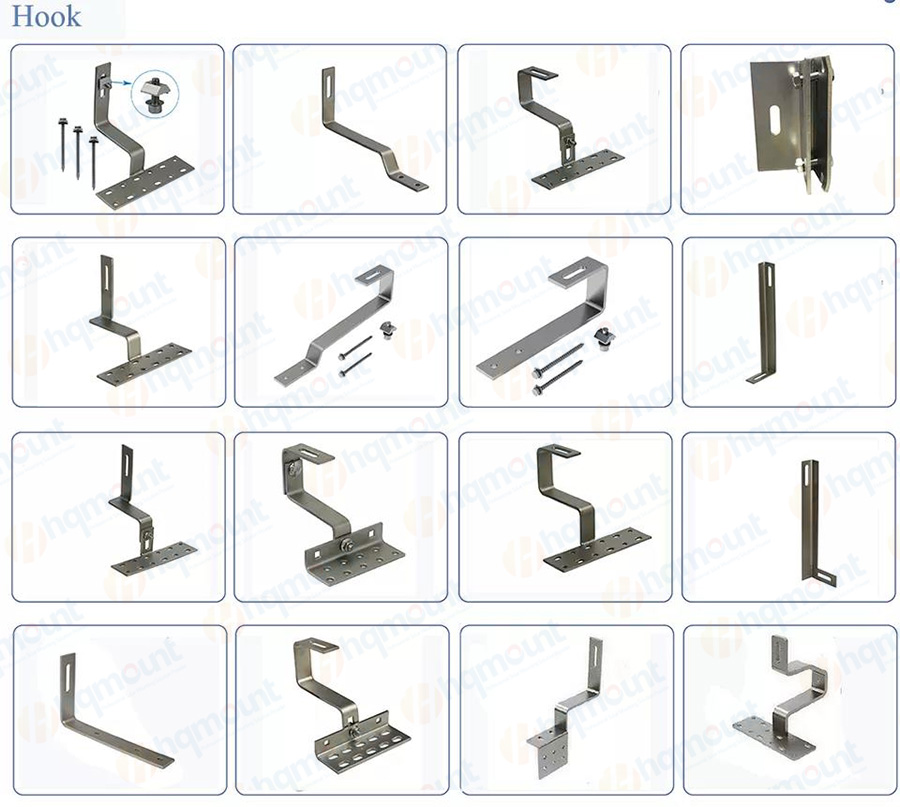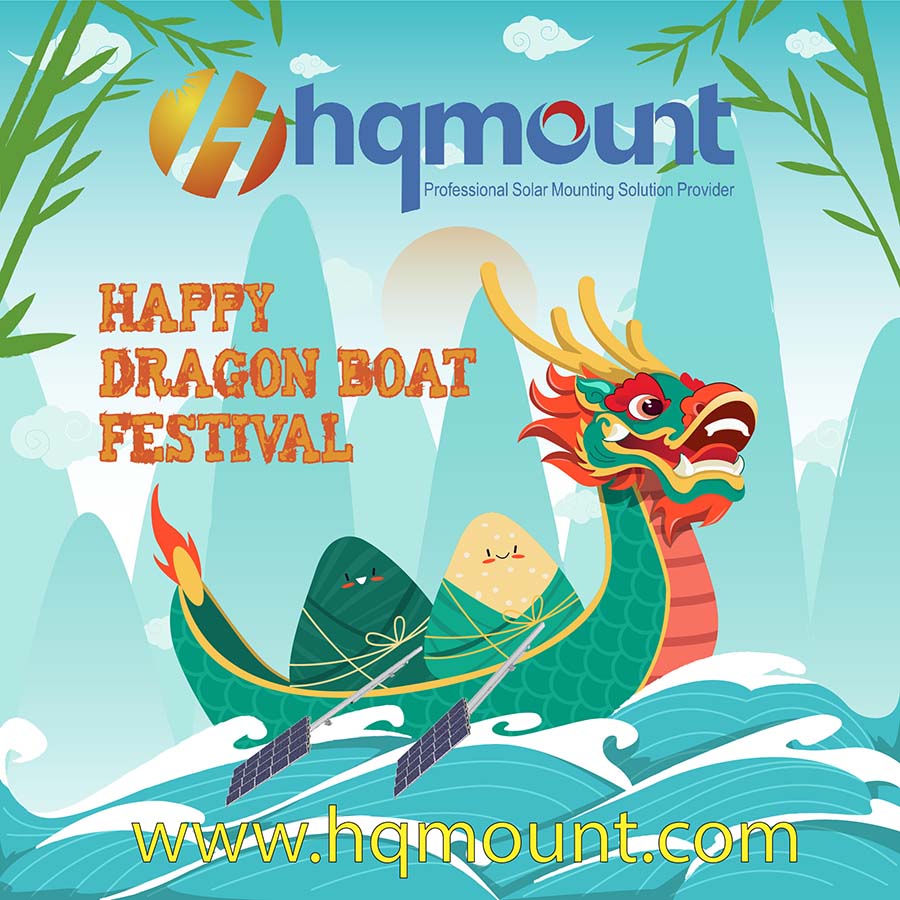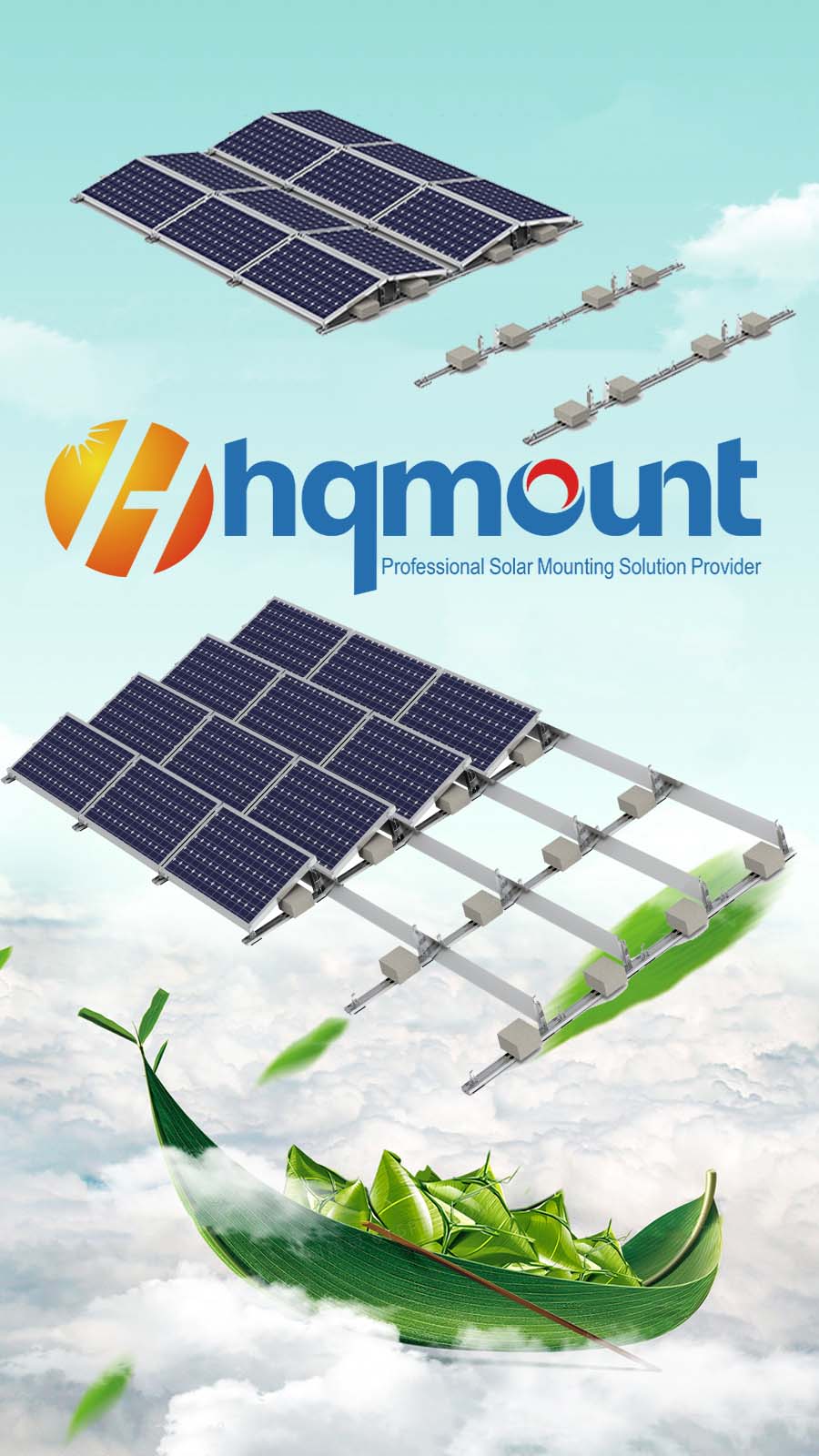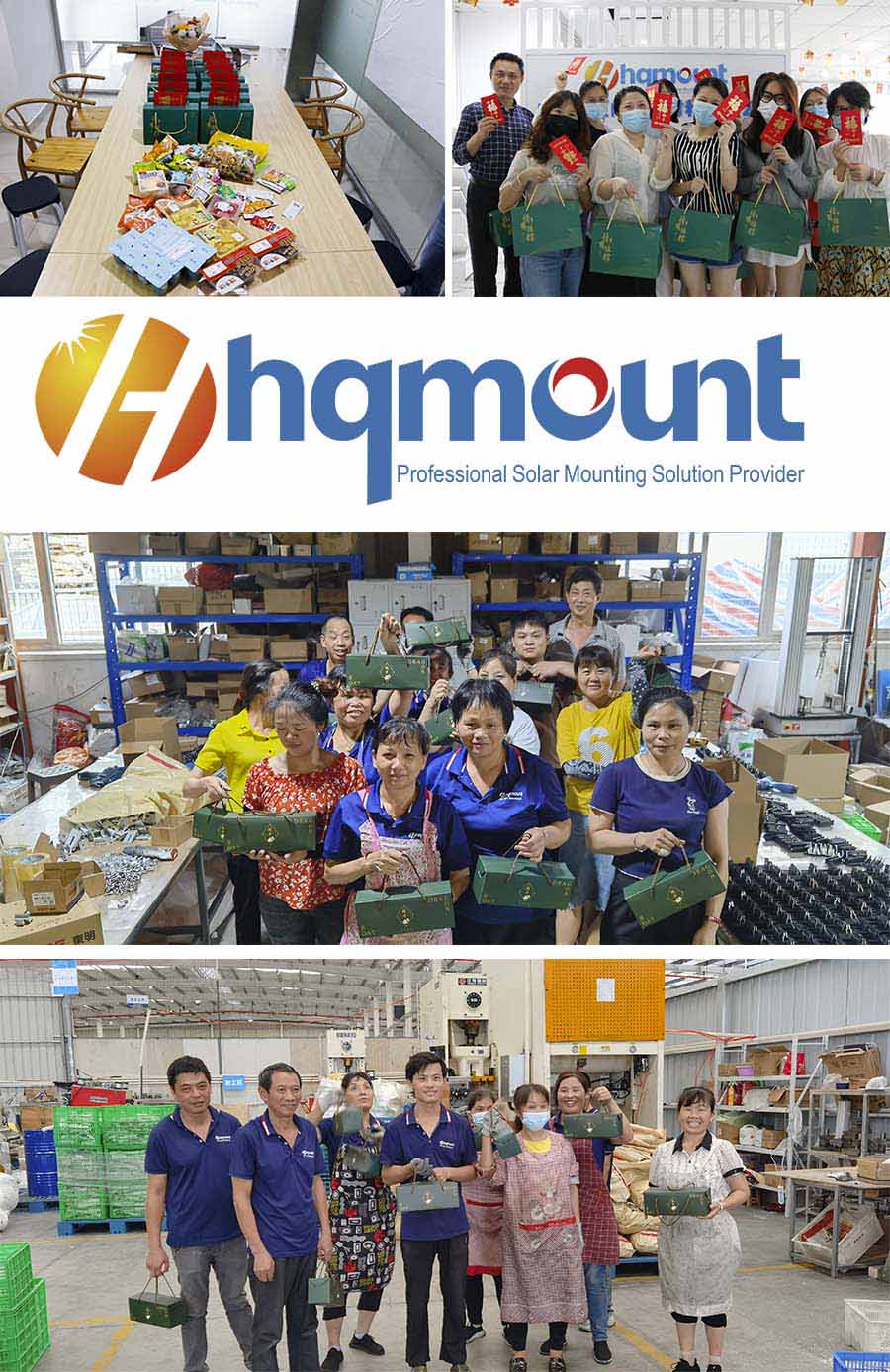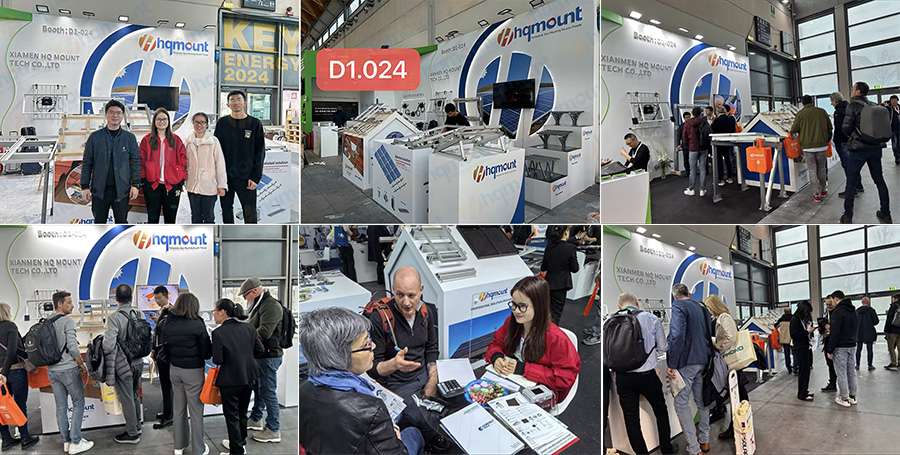Harnessing the Power of the Sun: Exploring Solar Carports
Solar carports have emerged as innovative structures that serve multiple functions, combining the benefits of shelter for vehicles with the generation of clean, renewable energy. These versatile installations offer an array of functions and are constructed from diverse materials, catering to a wide range of needs and preferences. Let's delve into the different functions and materials of solar carports:
Functions of Solar Carports:
1. Energy Generation:
· Primary Function: Solar carports primarily serve as platforms for photovoltaic (PV) panels, which convert sunlight into electricity. By harnessing solar energy, these installations contribute to renewable energy production, reducing dependence on traditional fossil fuels and mitigating environmental impact.
With the EV charging demand increasing, solar carport is the best choice for electrical cars since all the fuel cars will be out of market in years. HQ Mount Solar Carport are easily connected with off-grid battery system as well.
· 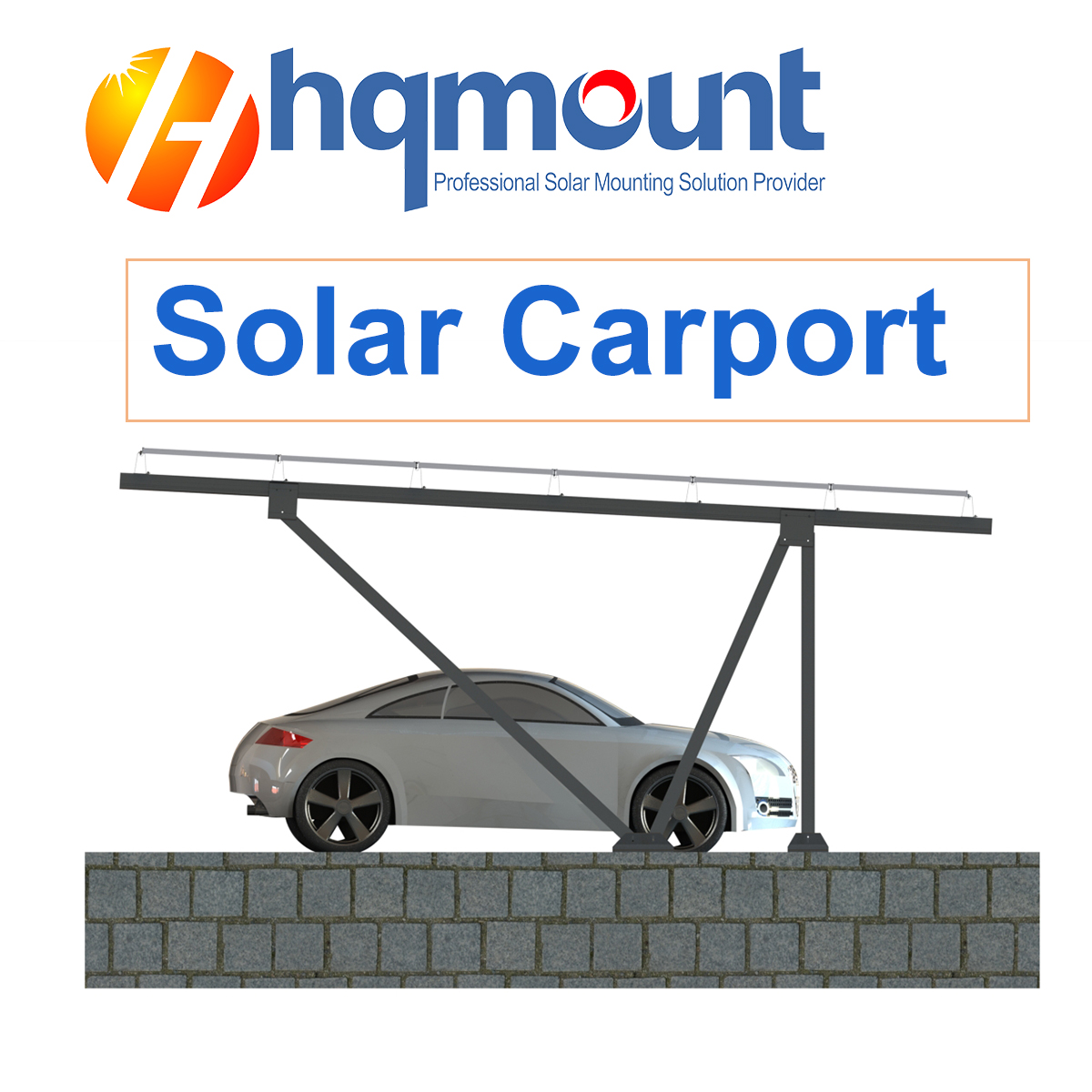
2. Vehicle Shelter:
· Secondary Function: In addition to generating energy, solar carports provide shelter for vehicles, protecting them from the elements such as sun exposure, rain, and snow. This dual-purpose functionality optimizes space utilization and enhances the practicality of the structure.
HQ Mount also presents achitechture waterproof solution if a 100% waterproof solar carport is required.
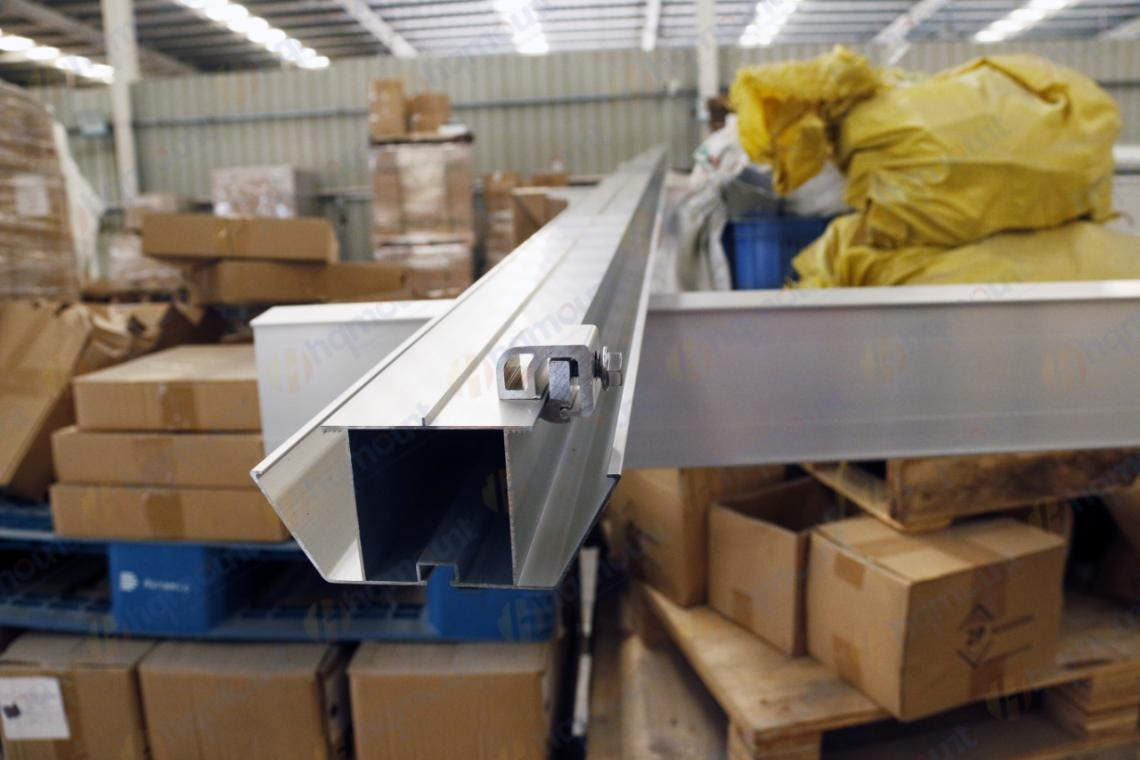
3. Parking Area Enhancement:
· Tertiary Function: Solar carports can enhance the aesthetics and functionality of parking areas. By integrating seamlessly into existing parking lots or structures, they provide shade for vehicles and create a visually appealing environment for users.
Materials Used in Solar Carports:
1. Steel:
· Durability: Steel is a popular choice for solar carport structures due to its strength and durability. It offers excellent load-bearing capacity, making it suitable for supporting PV panels while withstanding environmental stressors such as wind and snow.
It’s also the most choice for commercial solar carport especially shopping mall carports. HQ Mount are capable of DIY solar carport for different situations.
2. Aluminum:
· Lightweight: Aluminum is valued for its lightweight properties, which facilitate ease of installation and transportation. Solar carports constructed from aluminum are relatively easy to assemble and maneuver, making them a preferred choice for DIY projects and temporary installations. HQ Mount aluminum carport are most used for residential solar carport for it’s pre-assemble and easy to install charactors.
3. Polycarbonate:
· Transparency: Polycarbonate panels are used as roofing material in solar carports, offering transparency while providing protection from UV radiation. These panels allow natural light to filter through, creating a bright and inviting space beneath the carport.
4. Composite Materials:
· Versatility: Composite materials, such as fiberglass-reinforced plastics (FRP), offer a blend of strength, flexibility, and corrosion resistance. Solar carports constructed from composite materials are lightweight yet sturdy, making them suitable for various applications and environments.
Conclusion:
Solar carports represent a convergence of sustainability, functionality, and innovation, offering a multitude of benefits to businesses, institutions, and communities. Whether serving as energy-generating structures, vehicle shelters, or parking area enhancements, solar carports contribute to a greener future while fulfilling diverse needs. With materials ranging from steel and aluminum to polycarbonate and composite, these structures offer versatility, durability, and aesthetic appeal. As the world embraces renewable energy solutions, solar carports stand at the forefront, paving the way towards a cleaner, more sustainable tomorrow.
